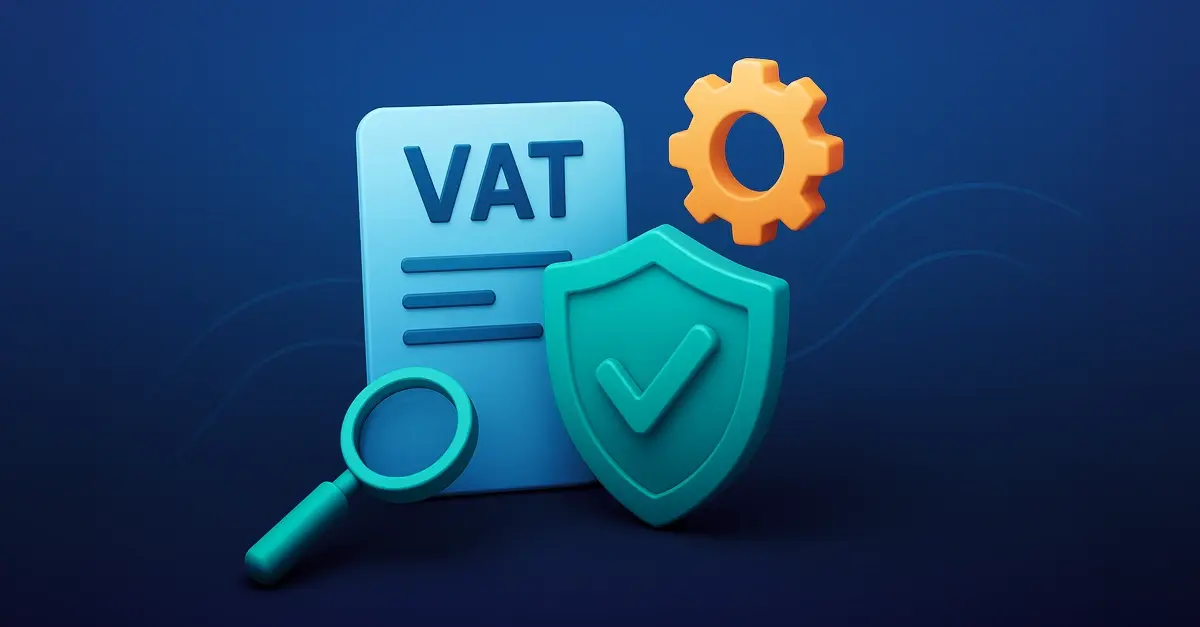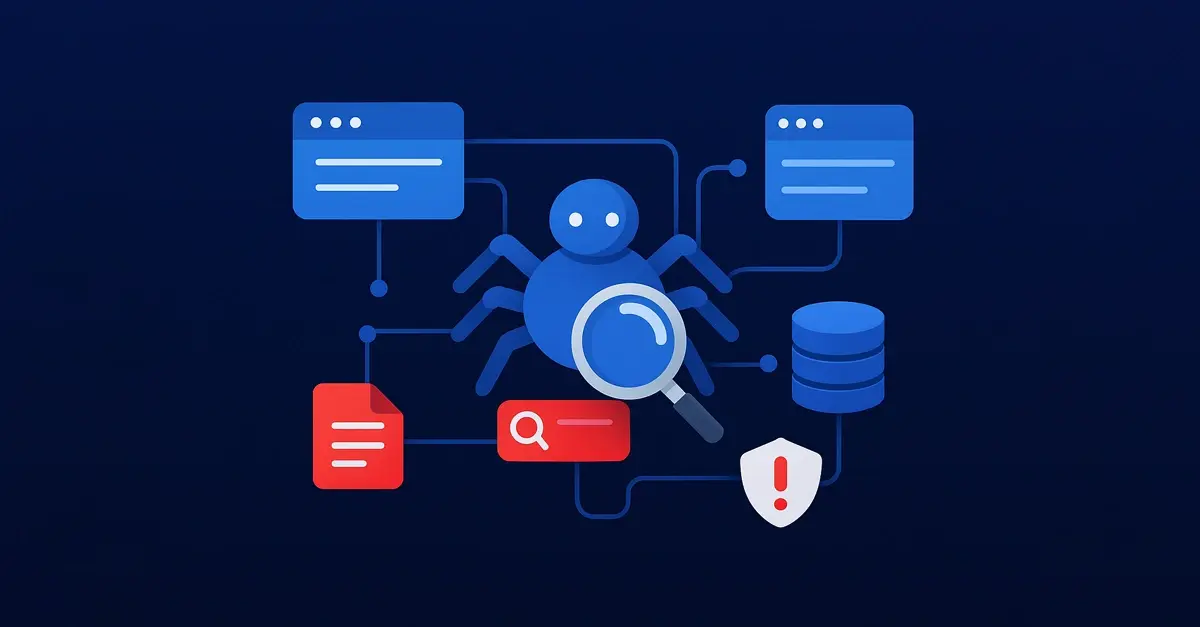Today, information is the lifeblood of any company. No matter if it’s the customer databases, revenue information, or other operational data, quality information is critical to effective decision-making. The data verification process plays the role of ensuring that data is accurate by ensuring that it is free from defects that can lead to inaccurate results before it is processed or analyzed.

Data Verification Process
The data verification process is checking the accuracy and consistency of the data that is collected or processed. It is a very rigorous process that guarantees the data fits the source or a set of pre-established objectives. Data verification is a kind of activity aiming at the examination of data and verifying its accuracy, completeness, and validity.
Steps of the Verification Process
Here are the key steps involved in the data verification process.
Step 1: Data Collection
The first step of the data verification process is data collection. This includes compiling basic data from different sources, like customer “files,” transaction history, or any other database. However, general data should be collected in the correct manner and methods and should meet all procedures and guidelines.
- Example:
The customer data in an organization’s e-commerce business is gathered across different areas, including forms, checkouts, and customer service. To check the accuracy of this data it must be harmonized or agreed on at all the sites. For example, an address typed in at the time of payment and order delivery must correspond to the data from the customer’s profile and payment information.
Step 2: Rule-Based Checks
After data has been collected, the next logical step is to run rule-based checks. They only involve defining certain guidelines/data standards that the data is to be in, for instance, the range that the numerical values must contain, the date format that is to be used, and email addresses or phone numbers that must be included.
- Example:
In a banking system, account numbers always need to have a format normally defined by some digits. In the data verification process, we can employ certain rules that would eliminate all account numbers that do not conform to this standard. If an account number is short for digits or of the wrong pattern, it will highlight it as an error.
Likewise, for email IDs, a rule-based check is possible to check if the data in the form is in the correct format (like name@domain.com). Any email address that did not conform to this plan would be recognized for additional checking.
Step 3: Consistency Checks
Data consistency checks are essential in that they require a data set or multiple sources to maintain the level of consistency. Having in separate systems such information as two phone numbers of a customer indicates that someone is wrong and takes wrong actions.
- Example:
Consistency checks are important in the health care setting from a patient’s safety perspective. For example, patient records within one department, such as cardiology or oncology, must match the same records in another department with similar records. If a patient is documented as allergic to penicillin in one system and not in the other, this could be lethal. Consistency checks perform these verifications to verify that different departments use accurate data in their operations.
Step 4: Cross-Referencing
In cross-referencing, an independent source is checked with another source to verify if the data collected is accurate. It is very useful as a verification tool because comparing different sources it is easy to point out mistakes or missed information.
- Example:
In marketing, for instance, the various contacts may be checked against each other from the various databases. For instance, the contact information of customers obtained from the CRM can be compared with other third-party marketing lists to verify the data reliability and its update. For example, if a customer number is registered as “555-1234” in the database, while at another it is “555-4321,” you can be sure that these two records refer to the same number, which should be used for communication with the customer in the future.
Another example is where, in financial auditing, records of transactions from a company’s accounting system are compared with statements of the bank to verify the total and check for any omitted or even forged transactions.
Step 5: Duplicate Detection
This duplicate data has implications that are very painful for businesses. It brings confusion to work teams, inefficiency in workflow, and wrong reporting. Record duplication refers to the identification of records that contain similar information and weeding them out. It is normally achieved through computerized instruments that search copious databases for any matching records according to definite parameters, including the name, e-mail address, or client identification number.
- Example:
This can occur in an online retail platform where customers create multiple accounts with minor variations in details such as first name, and last name (e.g., “John Kim” and “John K”). These records would be detected by duplication tools, and this would enable the retailer to merge the two accounts and ensure that order histories are all tied to the particular account.
Step 6: Reporting and Correction of Errors
After the verification process outlines some errors, such as variabilities, deficiency, or repetitions, the next process is reporting. The automated systems can present themselves in the form of creating error reports that describe the nature of the issues in the dataset in detail. Such reports are then considered and necessary correction measures are made.
- Example:
Regarding an insurance company, such reports may point at inconsistencies between the data on policyholders and certain claims. For example, if a policyholder’s birthdate differs between systems, or if there is a claim whose information is not complete (like missing policy number), the error report will flag this information. The insurance company can then go back and take the necessary steps to correct the anomaly. It occurs that next time claims shall be processed much easier.
Step 7: Data Cleansing
Apart from detecting and reporting errors, the last stage of the data verification process is called data cleansing. This includes the correction of errors that were highlighted during verification. Data cleansing involves cleaning up wrong information, deduplication, or applying a means of incorporating missing data.
- Example:
In the retail business, data cleansing is changing customer data to ensure it is accurate or deleting wrong shipping addresses. For instance, if a customer has shifted to another house and his or her details have been detected during the verification stage, then the records of the shipping details will be updated to prevent the chances of having wrong delivery in the subsequent orders.
Data cleansing enhances the quality of data that is used in analysis, reporting, and business operations and guarantees that the subsequent related activities are done on correct data.
Learn how data verification tools are integrated into the larger process of data validation in the Data Verification Process.
Conclusion
The data verification process is instrumental in data management and quality, which can help to avoid several mistakes and provide critical information businesses need to make effective decisions. Thus, the application of the mentioned process and the use of data verification tools will help increase the accuracy of data and trust in activities based on them within an organization.





Comments